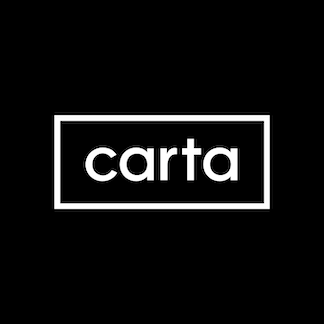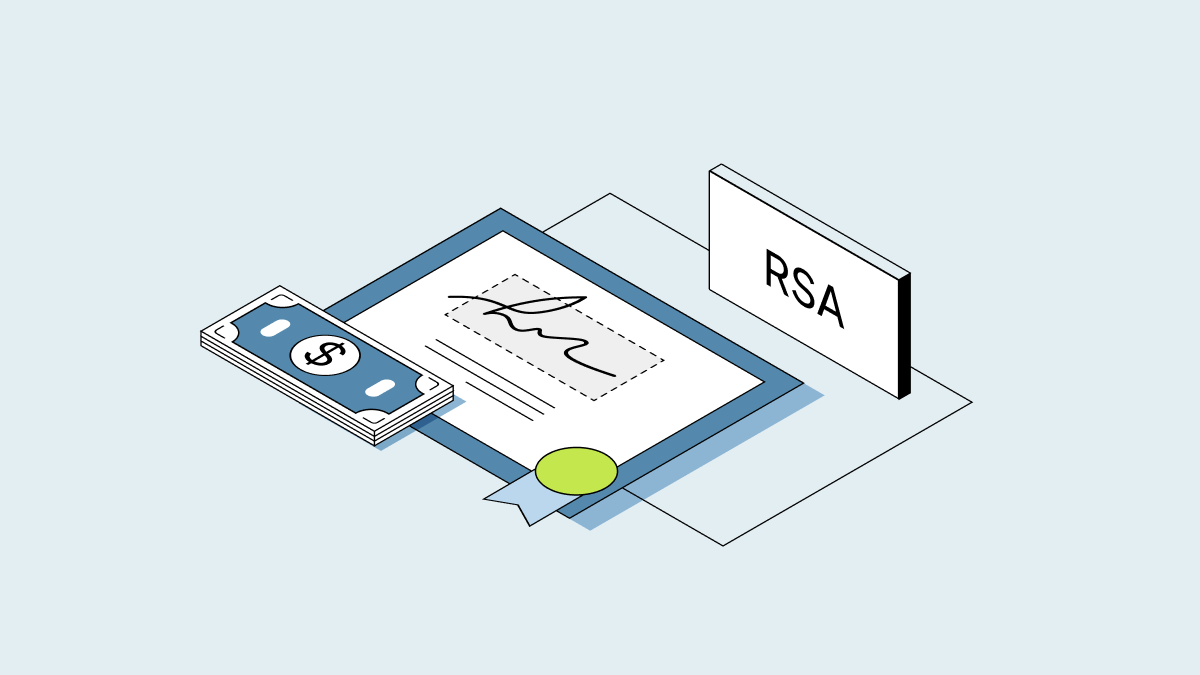Your startup’s first employees have the opportunity to make the biggest impact. But how much startup equity should you give to early employee? For many startup founders, determining how much equity each early hire gets isn’t always clear cut.
We spoke to three experienced startup founders to narrow down six key factors to keep in mind when thinking about how much startup equity to give your first 10 employees.
Have an option pool from the beginning
This is the first step when you’re thinking about equity compensation in a startup. An option pool sets aside a chunk of equity for employees that helps evenly spread out the share dilution of each shareholder’s ownership as the company grows. Employers typically reserve 13% to 20% of equity for their employee option pool. Every company has different cash and talent requirements, which explains the large percentage range.
Think about salary and equity together
Equity is only one part of an employee’s compensation package. You’ll also have to decide how much to pay your early employees. Working for an early-stage startup could mean agreeing to a pay cut or a below-market salary. The bigger the gap between the salary you can afford and the market rate, the more equity you may want to offer to make a compelling offer.
David Steinberg, founder of strategic marketing company Zeta Global, recommends asking: “What’s the cash consideration an employee is giving up to work with you?” Say, for example, you want to hire an employee who was making $180,000 a year. If you can only offer them a salary of $120,000, you’ll have to make up for that gap by offering more equity.
Sometimes those tradeoffs are significant. Chris Wentz, founder of universal smartkey technology startup EveryKey, says that one of his earliest employees was willing to forgo a salary entirely for the first two years. He rewarded that employee with an outsized equity grant. “They got a significantly higher percentage of equity than somebody taking home pretty close to their market rate in salary,” he says.
Levels and fields matter, too
Understanding the level of each of your first hires will help you plan your overall compensation package. If you’re bringing in a C-level executive or top engineer as one of your first hires, those roles will command a premium.
The field each hire works in matters, too. For example, candidates with considerable engineering and product experience are often in high demand and tend to expect the largest equity grants. In other roles, such as sales, the expectation is likely to be more cash and less equity.
Demonstrate the value of your equity
Ultimately, all these considerations about equity percentages have to be grounded in the value of that equity. “The sooner you can find some kind of valuation for your company, the easier this exercise becomes,” Wentz says.
Of course, at its early stages, a startup’s valuation merely reflects investors’ opinion of its worth. Typically, its equity is not liquid. While employees and founders all hope it will be worth much more later, they understand that the value of their equity could be underwater. A valuation can serve as a concrete starting point for both sides to evaluate equity grants.
→ Learn more about strike price of an option.
Be transparent
Regardless of how much equity you decide to give to early employees, make your rationale clear to employees from the start, says Joe Beninato, a serial tech company founder. “It’s important to be equitable and transparent about what’s happening,” Beninato says. “That means telling them, ‘We have set aside this much in an employee equity pool and you are either getting X percent of the pool or Y percent of the company—and we think that’s reasonable or higher than market rate.”
Have a contingency plan in place
One of the biggest mistakes founders make is not planning for the unexpected. Employees and founders may leave a startup prematurely. Discussions around what happens to their equity can then quickly get messy. Steinberg says a vesting schedule and a buy-sell agreement will clarify the process for everyone.
A buy-sell agreement is a legally binding contract that requires the departing employee to sell their equity back to the company at a predetermined price and can help avert messy disputes.
Having a plan in place, you can mitigate potential downsides. “Whenever somebody with an appropriate vesting schedule and cliff decided to leave the company, I’ve never felt regret at the equity they walked away with,” Steinberg says, “Because that person put in the work.”
Understand your business structure and its impacts
Companies that issue stock options are typically corporations (either C-corps or S-corps). But limited liability companies (LLCs), can incentivize their employees with equity ownership as well. LLCs typically grant profits interest units (PIUs), which enables the recipient to earn a profit based on the company’s growth in value over time. They can also issue capital interest units, usually to investors, and phantom equity, which are cash bonuses that pay out when a company is sold.
Compared to corporations, LLCs have significantly different rules, requirements, and tax implications.
→ Learn more about LLCs, including their pros and cons.
Navigate your startup’s equity with Carta
Figuring out how much equity to give your early employees is “more of an art than a science,” says Steinberg. “You want your people to be partners with you and be really motivated.”
Early-stage startups with less than 25 stakeholders can issue ownership and SAFEs, and manage your cap table for free with Carta Launch.



